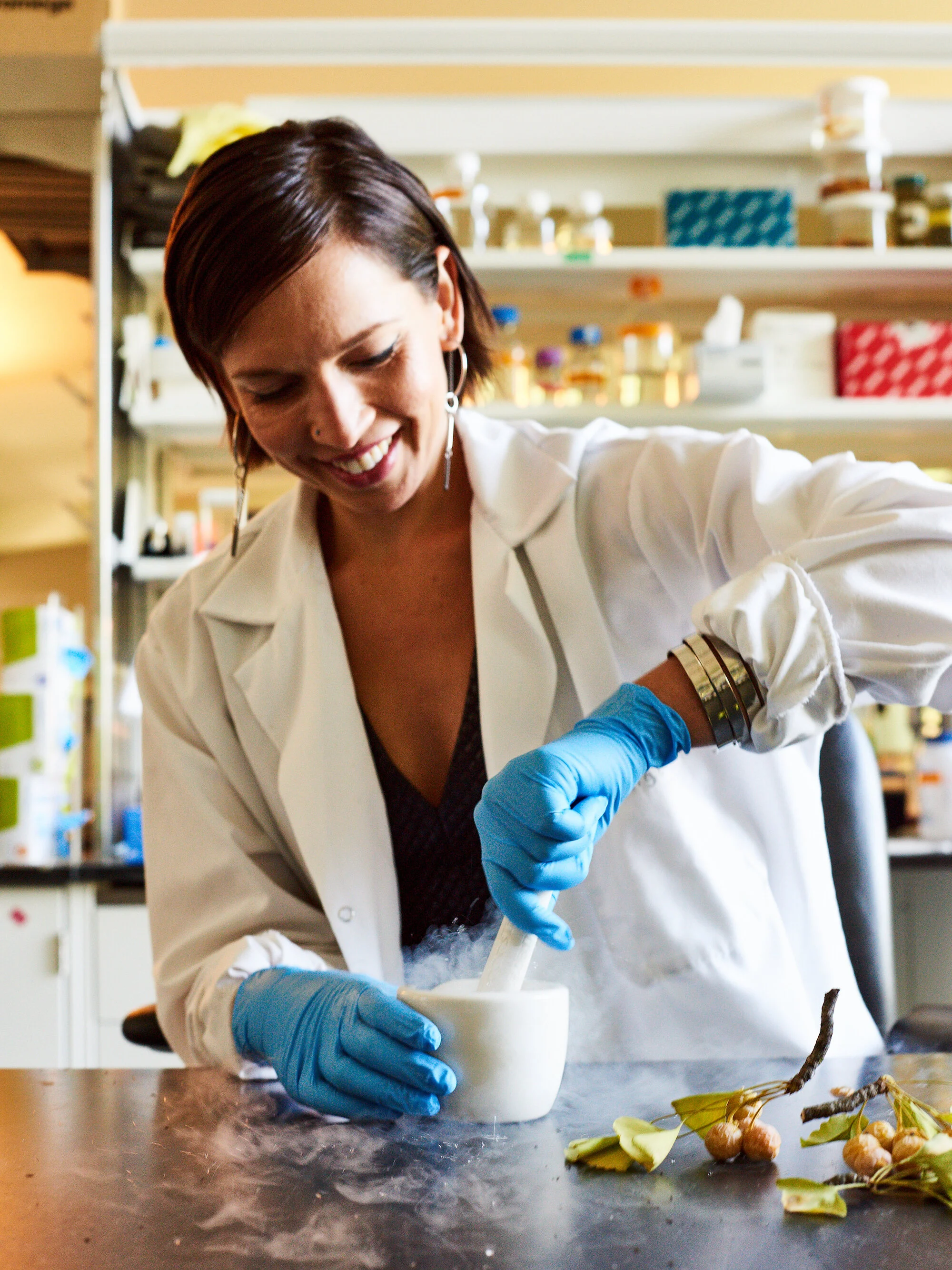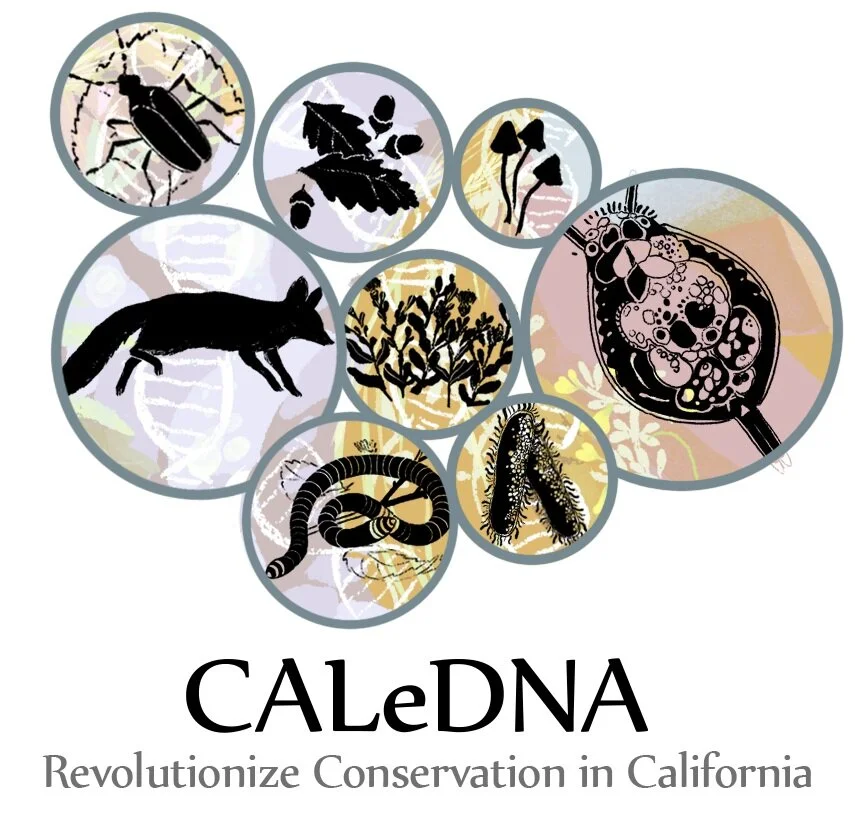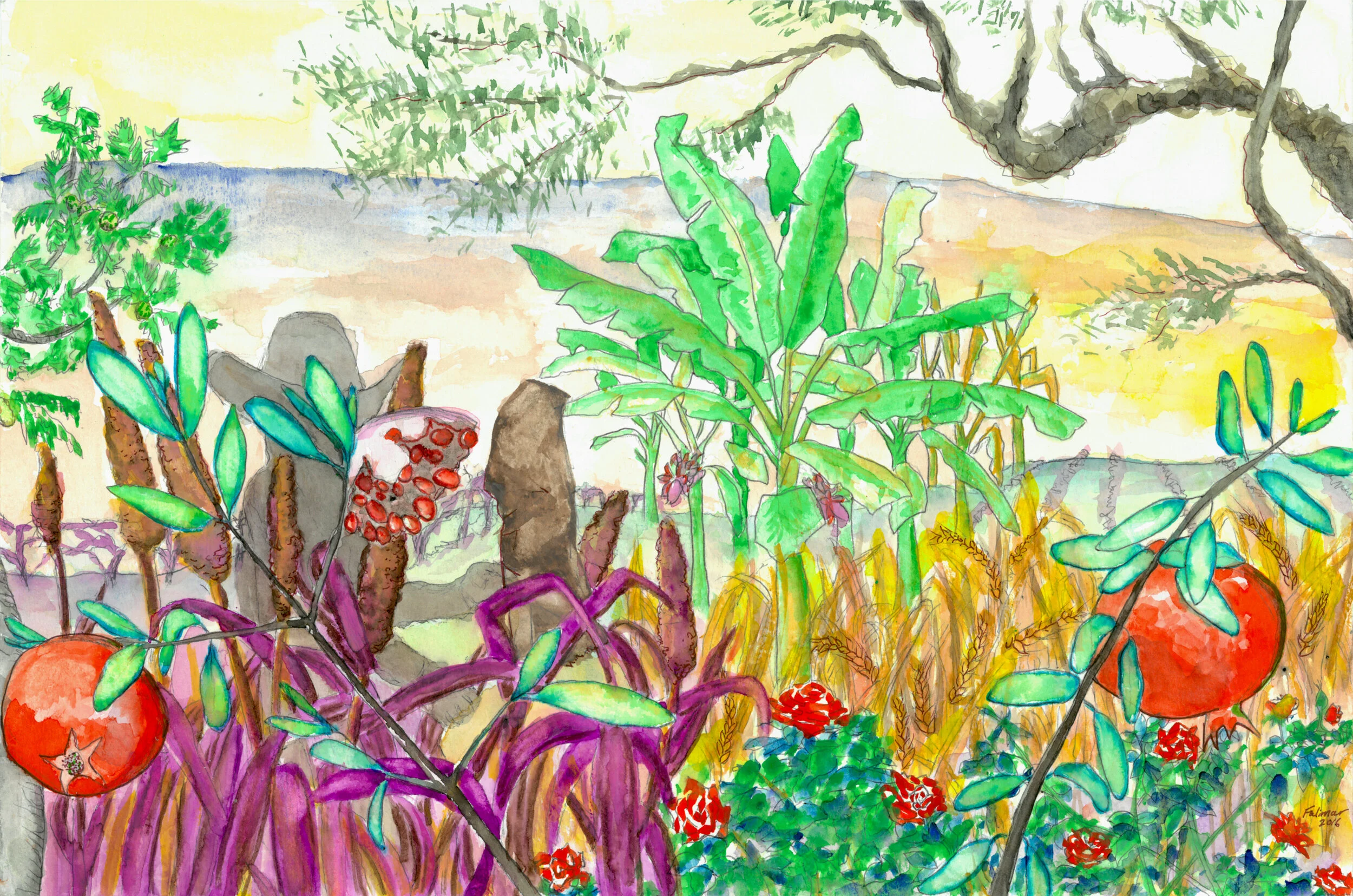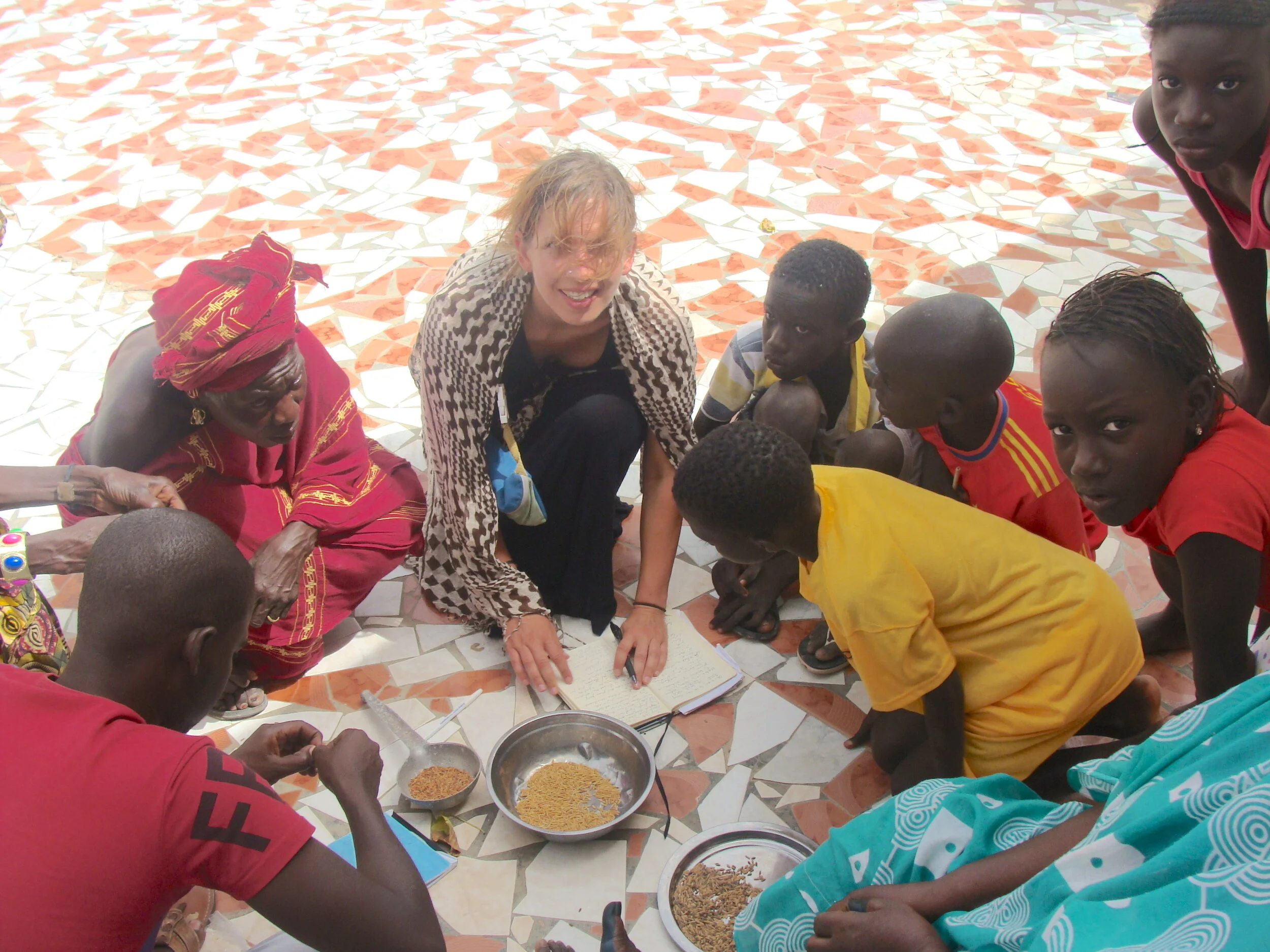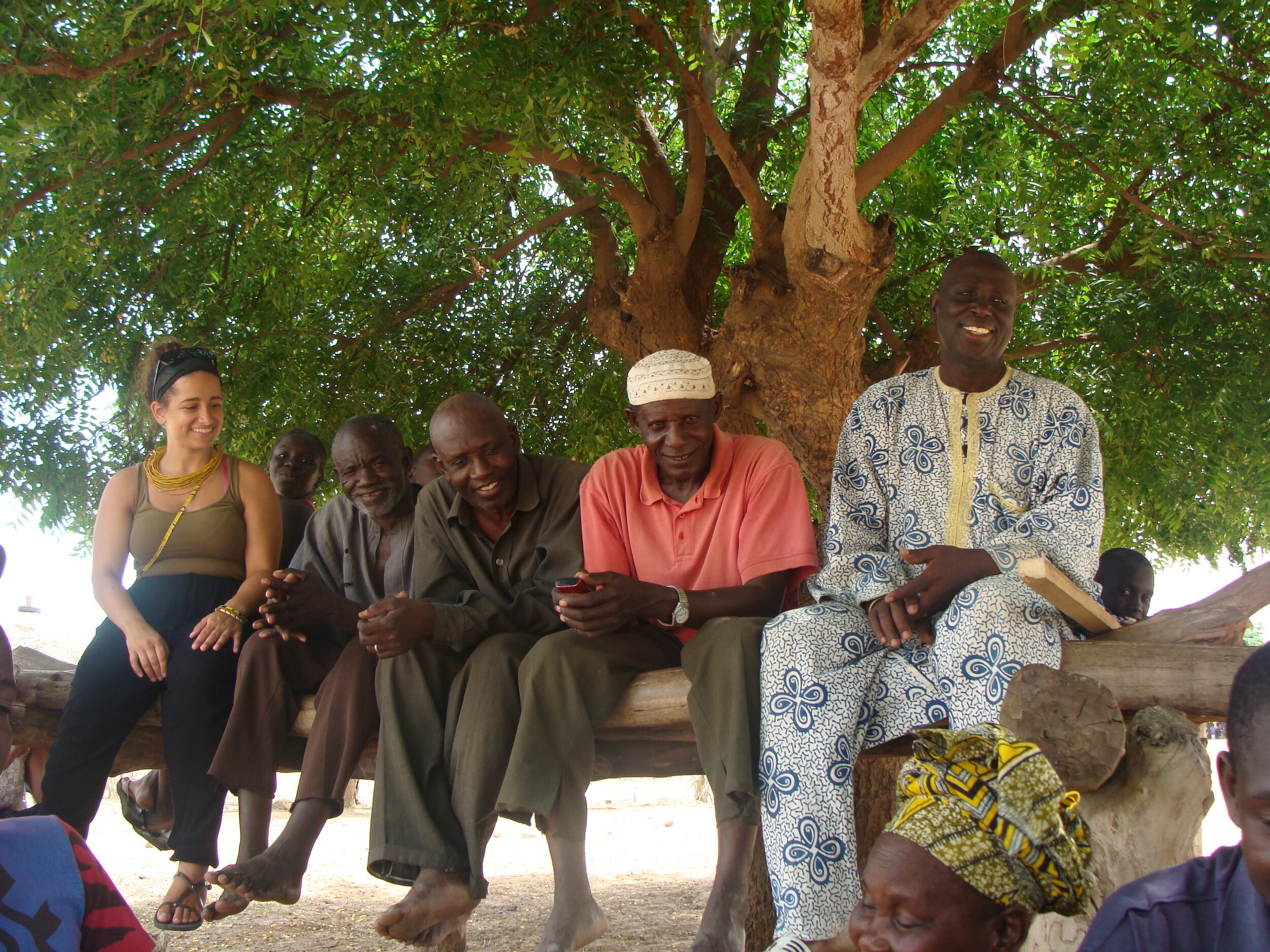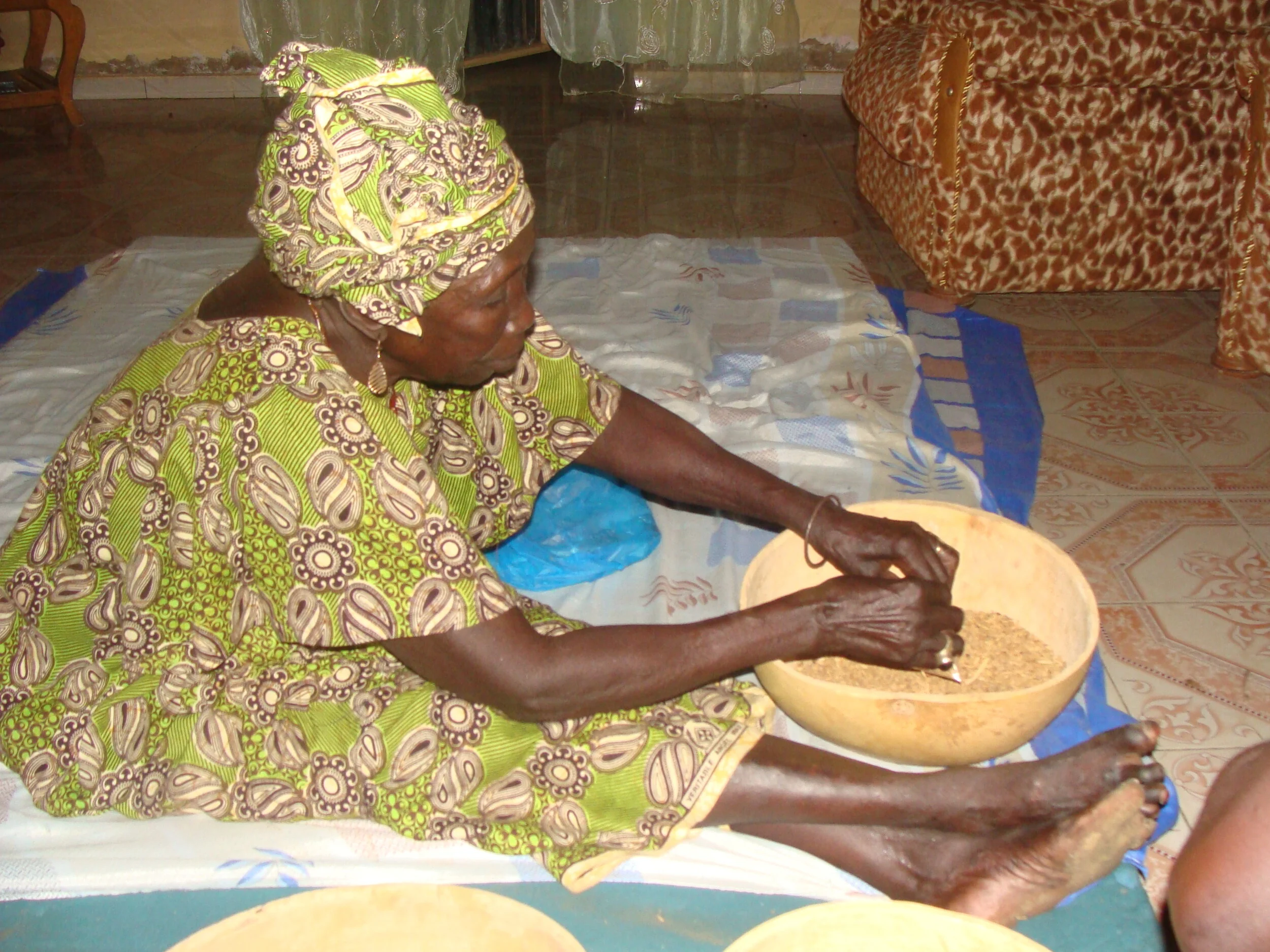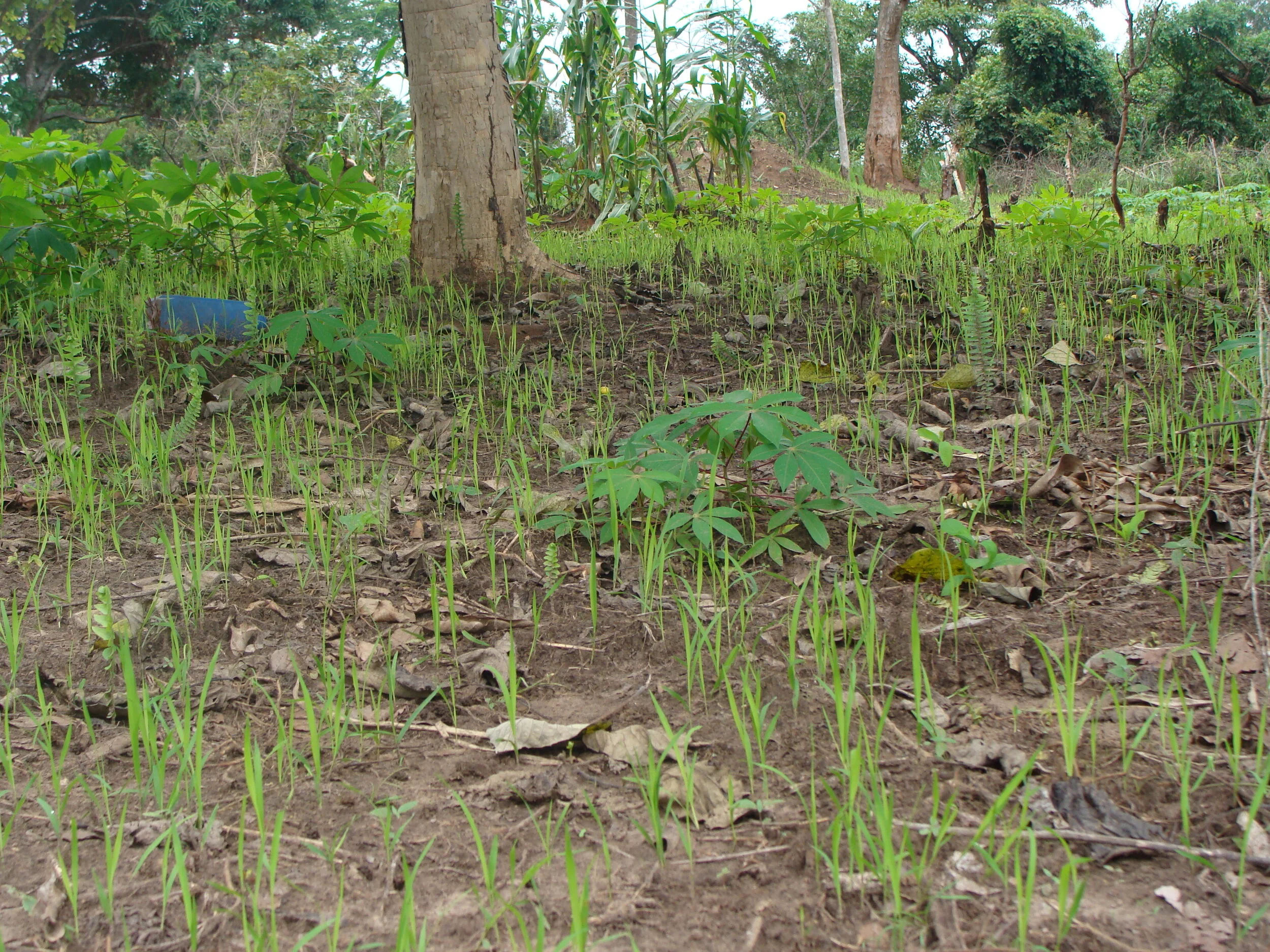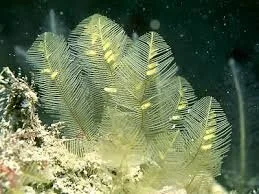Take me to Rachel Meyer's lab
University of California Santa Cruz
Students from Fall 2019’s Molecular Ecology class BIOE 137 working together to extract DNA from desert oasis samples for biodiversity profiling. Now, these students are part of the lab as the first cohort of research interns!
Meet the Meyer Lab at UC Santa Cruz
Botany | Ethnobotany | Crop Genomics | Domestication Theory | Evolution | Molecular Ecology | Citizen Science | Ancient DNA and Biodiversity | Environmental DNA | California Biodiversity | Plant Animal Microbe Interactions
I’m an adjunct assistant professor at UC Santa Cruz in the Department of Ecology and Evolutionary Biology and am affiliated faculty with the Genomics Institute. I direct the CALeDNA citizen and community science program, run common use molecular analytical labs for the UCSC EEB Department, teach Molecular Ecology, do international science policy work, and lots of interdisciplinary research.
My lab is part of the UC Paleogenomics Lab led by UCSC faculty Beth Shapiro and Ed Green. We offer consultation and sequencing services, and do awesome research. We are a dynamic, collaborative, and inclusive community striving to stay at the cutting edge of molecular research.
We are frequently recruiting students to do independent or group research. If you’re interested in any of the above science topics, get in touch!
NOW RECRUITING UNDERGRADUATE STUDENTS AND GRADUATE STUDENTS!
Environmental DNA and Citizen Science
When I was the executive director of the University of California Conservation Genomics Consortium that launched in 2016 with support from the UC Office of the President, we brought together six campuses to start CALeDNA (California Environmental DNA). CALeDNA is empowers the public to become citizen scientists and engage in molecular ecology research from archiving snapshots of local biodiversity to accessing open data for their own inquiry and innovation. We’re thrilled that the CALeDNA program has now grown with diversified financial support from conservation and land management organizations, the Howard Hughes Medical Institute, the UCSC Genomics Institue, and Metabolic Studio. CALeDNA collaborators span UC and CSU campuses, museums, non-profits, and government agencies to advance environmental DNA science. We are currently collaborating with Jet Propulsion Laboratory and Lawrence Berkeley National Laboratory to develop models that predict California’s biodiversity. Other projects include case studies on vernal pools, deserts, forests, coasts, rivers, and lagoons. We’ve also developed special software, called Anacapa, to process eDNA multilocus metabarcoding sequence data. Check these links to learn more!
The California Environmental DNA Program invites anyone to collect soil, sediment, and water samples for DNA analysis to determine the organisms that live in, near, or have passed through the area.
The artwork on the left I made for Dani Zamir, who wants to make common gardens of global crops all over the world so we can select resilient varieties.
Crop Domestication
We do quantitative research aimed to advance crop domestication theory. Where and when did domestication occur and what were the patterns of human innovation around the world? What genetic diversity predicts how different species will evolve as crops? How does the succession of plant uses over time imprint the genome of plants today? How have humans used crop wild relatives for crop improvement?
Recent research in the Meyer lab is focused on better understanding the plant foods native to California that show domestication traits but that have not officially been labeled as ‘domesticated’. We’re collaborating with archaeobotanists and scientists building botanical garden and herbarium collections to study California food plants like blue dicks (Dipterostemon capitatus), an ancient major Native American starchy food source.
Eggplant and African Rice
I have been studying eggplant and other nightshades since beginning dissertation research, and have been studying African rice since beginning my postdoctoral research. These species both have a fascinating evolutionary history of domestication that can be compared to other crops such as tomato and Asian rice. I use this framework to integrate population genomics with other data types like ethnobotany, phytochemistry, and landscape to solve where domestication occurred and how the genomes of these species underwent selection. I collaborate with many international scientists to identify the genetic differences responsible for the incredible phenotypic differences in traditional varieties and wild relatives of these crops.
My research helped revise the center of origin of eggplant. We show eggplants were not domesticated only in India but domesticated in SE Asia. Eggplants from different places have different phenolic profiles (major antioxidants and flavors) that give them different health-related and culinary qualities. Some of these differences are because people domesticated them independently, and some differences are because people introgressed alleles from wild or feral relatives into domesticated eggplants. This work
My work on African rice has helped revise the center of domestication of the species and push back our understanding of the timing of when domestication began by thousands of years. Now, researchers consider African and Asian rice species to have started to be domesticated at similar time points, at nearly 9000 years ago. My postdoctoral research used the framework of how different varieties were related across the landscape of cultivation to identify genes and alleles that contribute to salt tolerance, a major threat to food security. I’m now collaborating with people at UMN Duluth, NYU, and China Agricultural University to compare Asian and African rice from genome structure down to small mutations in 50 well-characterized domestication and improvement genes. This will help us advance our theories about the patterns and predictability of the grain domestication process.
If you go to tropical China, you’ll find many garden landraces of eggplants, like this one. Some of them are very small, like a bird eggs. My research has helped scientists understand these are products of intentionally breeding domesticated eggplants with local wild eggplants. We have also shown these little guys have some special health-beneficial chemistry. For humans, hydroxycinnamoyl-polyamine amides lower blood pressure and protect our hearts, but for eggplants, they might keep the fruits small and crunchy. Some ethnolinguistic groups that grow these in tropical China eat these fruits raw, so you actually want a crunch (脆)!
In West Africa where only a few farmers are still growing African rice (largely replaced by Asian rice and other crops), there is no irrigation, no fertilizer, and there are no machines to help with planting or harvest. Women, by and large, grow African rice and help each other select for salt tolerant varieties. See the salt in this field above in Senegal? Rice will be planted there just a few weeks later. People have selected for many amazing traits in African rice that would help the world be more prepared for climate change. Yet fewer and fewer people are growing these crops. We need to lift up farmers, recognize their genius and help them preserve the varieties their families have developed, traded, and conserved for generations. We need to make seed collections, genomes, phenotypes, and bring economic benefits to farmers — from boosting sustainable agriculture, bringing unknown or underutilized crops into the spotlight, to directly returning research results to communities who provided seeds.
In color blobs, these are the enzymes that convert one chemical into another form. The amino acid phenylalanine can go down several paths to either become lignin (i.e. wood) or some antioxidant like chlorogenic acid (a quinic acid derivative). Polyamines such as putrescine, spermidine, spermine, and cadaverine may be naturally available in the plants, and certain enzymes can join them to hydrocycinnamic acids to build really amazing conjugated compounds that are some of the best medicines humans have. In eggplant, and wild eggplant relatives, there are different kinds as well as proportions of over 30 different products of these reactions. It took us years, but working with the USDA, we finally identified, functionally characterized, and published the SHT gene (Spermidine Hydroxycinnamoyl Transferase) and the big “?” gene SpmHT (Spermine Hydroxycinnamoyl Transferase), and showed that wild eggplants contain a mutation to be better acceptors of spermine and therefore more able to make medicines such as kukoamine A.
Ancient DNA
Humans settled in California nearly 20,000 years ago. Working with collaborators Glen MacDonald, Matthew Kirby, Don Hankins, Kristina Gill, and Jon Erlandson, Rob Wayne, and Beth Shapiro, we are sequencing DNA from middens of ancient human cave settlements found on San Miguel Island (one of the Channel Islands off the coast of California). We are also sequencing lake sediments from Lake Elsinore near San Diego that span 34,000 years ago through the present. Using metagenomics, capture hybridization and metabarcoding, we are inventorying the plants and animals in these samples to enrich our understanding of how humans changed California biodiversity and interacted with other species. For some of this work, we are developing new bioinformatics workflows. This work is supported by the National Science Foundation and the UC Office of the President Catalyst Program. Graduate student Madeline Slimp is currently leading this study at UCSC as her first thesis chapter!
This is a delta plot of the 12 chromosomes of Quercus lobata and contigs of Quercus engelmannii, showing they can be aligned very well. Using these genome alignments, we’ve been able to find candidate mutations in drought tolerance genes that might allow Q. engelmannii to tolerate higher drought and heat than Q. lobata. The Q. engelmannii genome cost only $2000 to produce.
Reference Genomes and Genome-Wide Landscape Genomics
Genome sequencing, assembly, and annotation is getting cheaper and easier, although it is still a huge challenge for many species. I’m currently working with the Earth BioGenome Project, and with several collaborators, to broaden collections of appropriate quality for reference genome generation, to generate reference genomes and to resequence populations for landscape genomics analyses.
Vernal pool grass genomes from Neostapfia colusana, Tuctoria greenei, and Orcuttia inaequidens. This is a collaboration with the Sexton lab at UC Merced and is supported by a grant from the California Conservation Genomics Project, and will include a reference genome, and landscape genomics across the entire current species ranges, as well as herbarium specimen resequencing from extirpated historical ranges.
Invasive species ‘stinking fleabane’ Dittrichia graveolens. This plant recently showed up in the United States from Europe and has been spreading rapidly. The Parker lab at UC Santa Cruz, with whom I’m collaborating, have collections from the origin and from the founder populations in California.
Few trees have genome resources available. Victoria Sork’s lab at UC Los Angeles has sequenced the first American oak, the Californian Valley Oak, Quercus lobata. There are several oaks that are endemic in California and threatened because of global warming and land development. I tested linked-read sequencing to develop a reference genome for another California oak that only grows around Riverside County: Engelmann Oak (Q. engelmannii).
California Earth BioGenome Project x LA Urban Ocean Expedition. With collaborators at the LA Natural History Museum Diversity Initiative for the Southern California Ocean, and Harris Lewin at UC Davis, I coordinated a team to identify, dissect and flash freeze tissues from organisms that have no representative DNA sequences for their families orders or sometimes, classes and phyla.
Artwork by Maya Edelman.
International science policy: obtaining consent to make or maintain a biological collection
The Nagoya Protocol on Access and Benefit Sharing was developed through the Convention on Biological Diversity in the spirit of protecting and enhancing biodiversity. However, the additional regulations to make biological collections and collect associated traditional knowledge have not been easy to implement, and many researchers fear these good-hearted efforts will stifle scientific progress that could actually help us sustain and celebrate biodiversity. I work as a representative of the Botanical Society of America, and relay to the US State Dept, how societies are developing a way to provide entry-level information about the Nagoya Protocol to their research and collections management communities. I lead the creation of the Nagoya Protocol Learning Portal www.learnnagoya.com.

